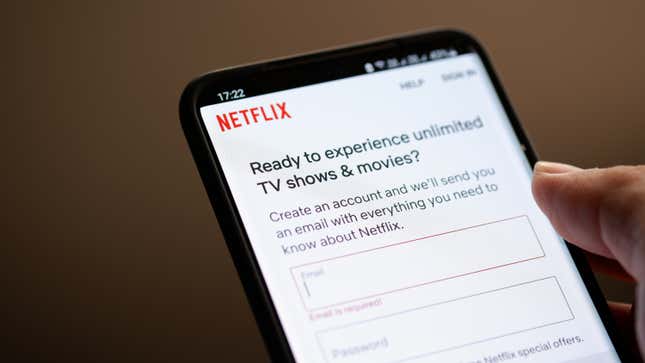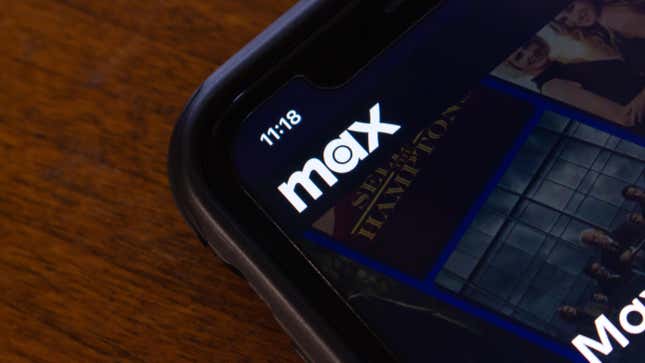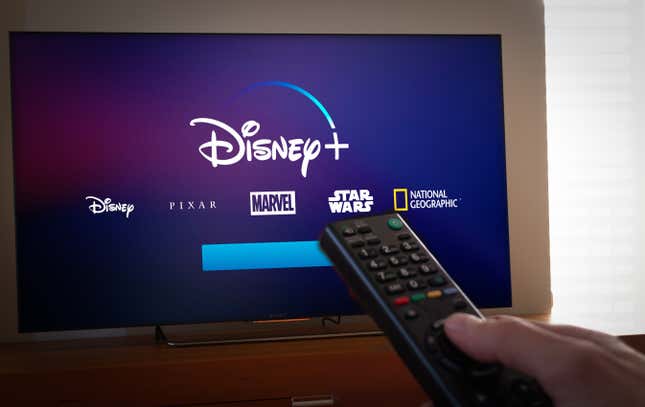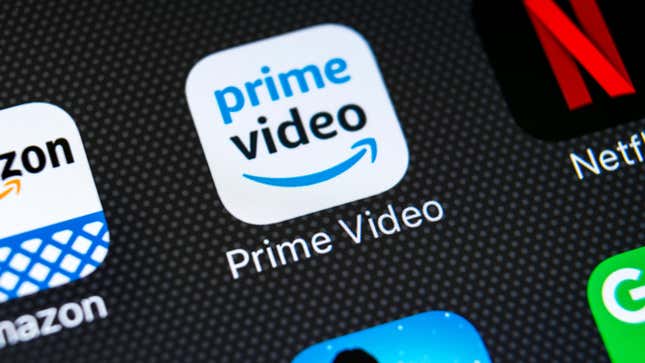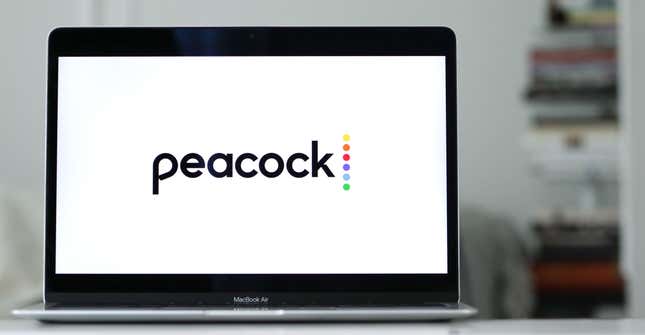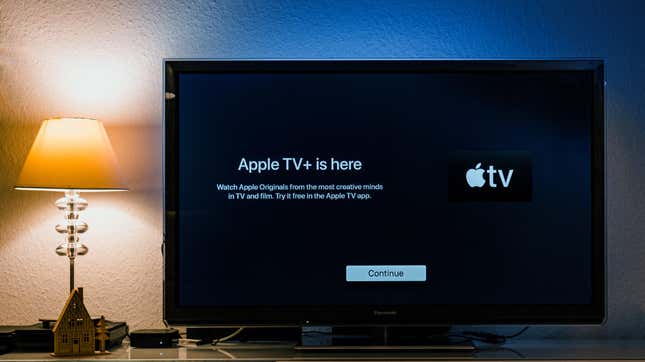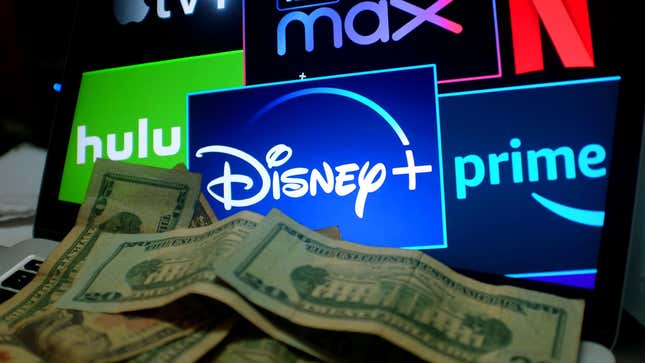
There was a time, a little less than a decade ago, when owning multiple streaming services did not cost users a full, or even 1.5 times that of a cable package. It was a beautiful time of cheap entertainment that would not—or perhaps could not—last.
Price bumps come in waves. The last big one was late last year, when practically every major streaming service including Disney+, Hulu, AppleTV+, and more raised prices by a few bucks per month. The first half of 2023 has seen sporadic increases in subscription prices such as Paramount+, even if Showtime added some value. Most recently, NBC’s Peacock subscribers learned their monthly costs would be going up by $1 for Premium and an extra $2 for Premium Plus. On Thursday, YouTube Premium also saw a bump in price after Google saw waning ad revenue.
Then there are the more subtle price increases, such as Netflix nixing its Basic subscription option, leaving the next cheapest ad-free option as the Standard tier at $15.49 a month. Warner Bros. Discovery’s confusing rollout of its Max streaming service combining HBO with Discovery content, but the company also took away 4K streaming from its $15.99 tier and moved it over to its $19.99 “Ultimate” plan.
Netflix has raised prices by over 90% since its streaming service first came on the scene in 2007, with one of its more dramatic increases occurring in the last few years. You could tune your watch to Netflix’s periodic price increases, knowing that every two to three years you’re more likely to see a price jump.
The service’s fees differ dramatically from country to country, though some users overseas saw some price cuts earlier this year. That said, Netflix prices in the U.S. have been on an upward trajectory for years, and there’s no hint that will slow down in the future. A Forbes survey said that more than 85% of households are subscribed to at least one streaming service and most spend at least $39 a month for different services, meaning that there’s very little room for growth.
It could all come back to content. Netflix has set a $17 billion limit for content spending through the end of this year, which could go on longer. In Forbes’ survey, a huge chunk of streaming users sign on to these services to watch just one show. Content production timelines are going to be greatly upset by the ongoing writers and actors strikes that have shut down wide swathes of Hollywood. As writer and producer Blake Masters (creator of the Showtime show Brotherhood) put it on an episode of the Movie Picket podcast, the current media industry is full of “vertical monopolies negotiating as a cartel.” These companies care less and less about how “good” content is, but would rather treat it as “electricity going through the power grid” that’s monetized through a “big swampy subscription state.”
Essentially, the only way to continue growing is by expanding subscribers and making those who remain pay more for it. That’s why Netflix has put so much attention on password sharing and its ad-based tier. The company hosts all those who don’t pay for Netflix and will find their way towards downloading and paying. But there’s an inevitable cap to the number of users, meaning increased prices are one of the few things that streaming services can use to give investors the continuous growth they crave.
We looked at all the major streaming services and gauged what they would cost in another 10 years based on their historic pattern. No, it’s not a scientific measurement by any means, and we’re not adjusting for future inflation. We’re just doing some back-of-the-napkin math adding up the average dollar amount a service’s price has gone up each year and multiplying by 10. It’s more of a demonstration of how services are draining wallets at an increasing pace every year. (Also keep in mind that American wages have stagnated since the 1970s) Eventually, likely in the next few years, streamers will find customers have simply hit their limit.
